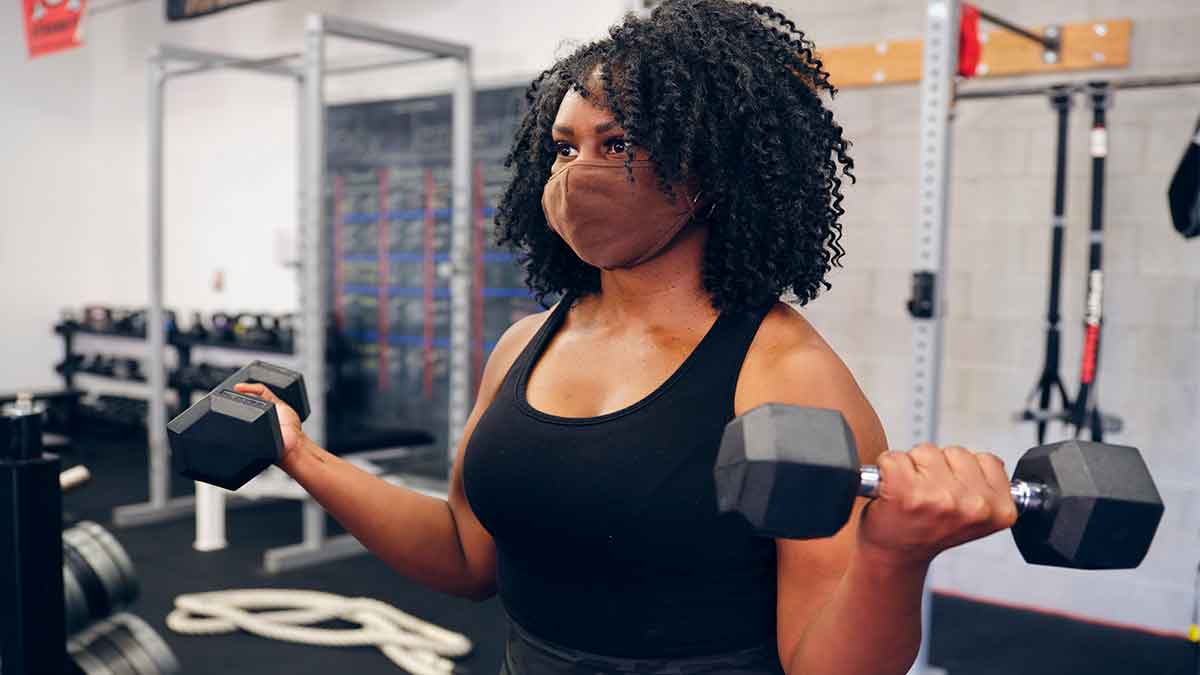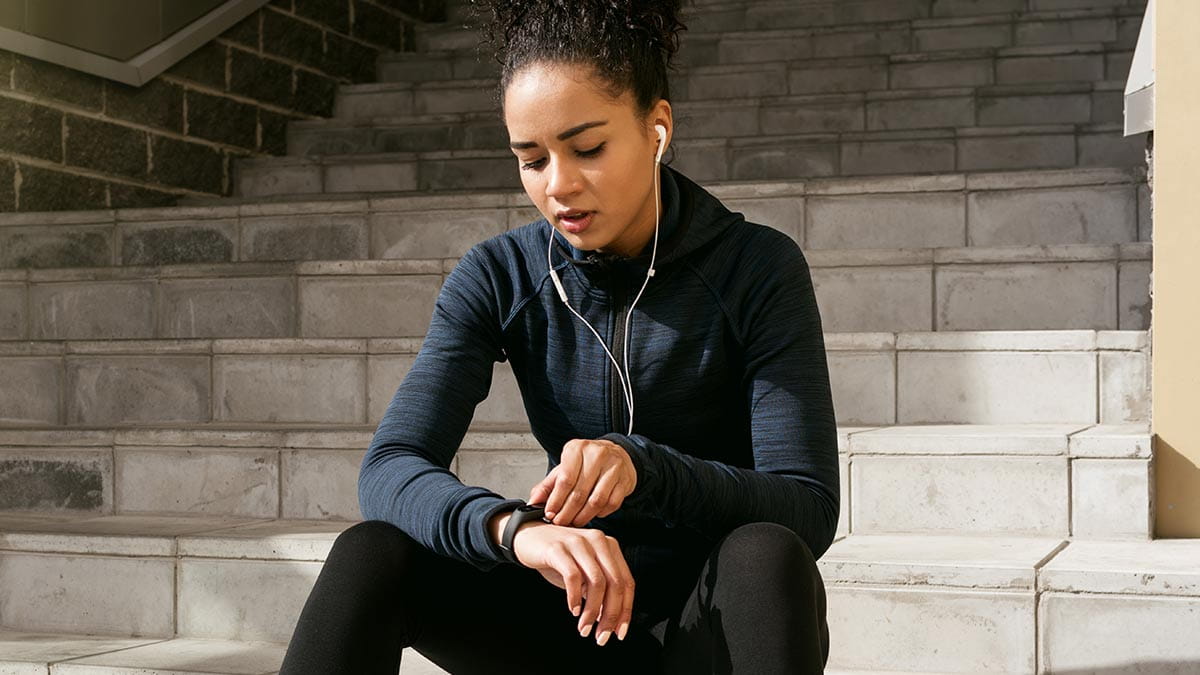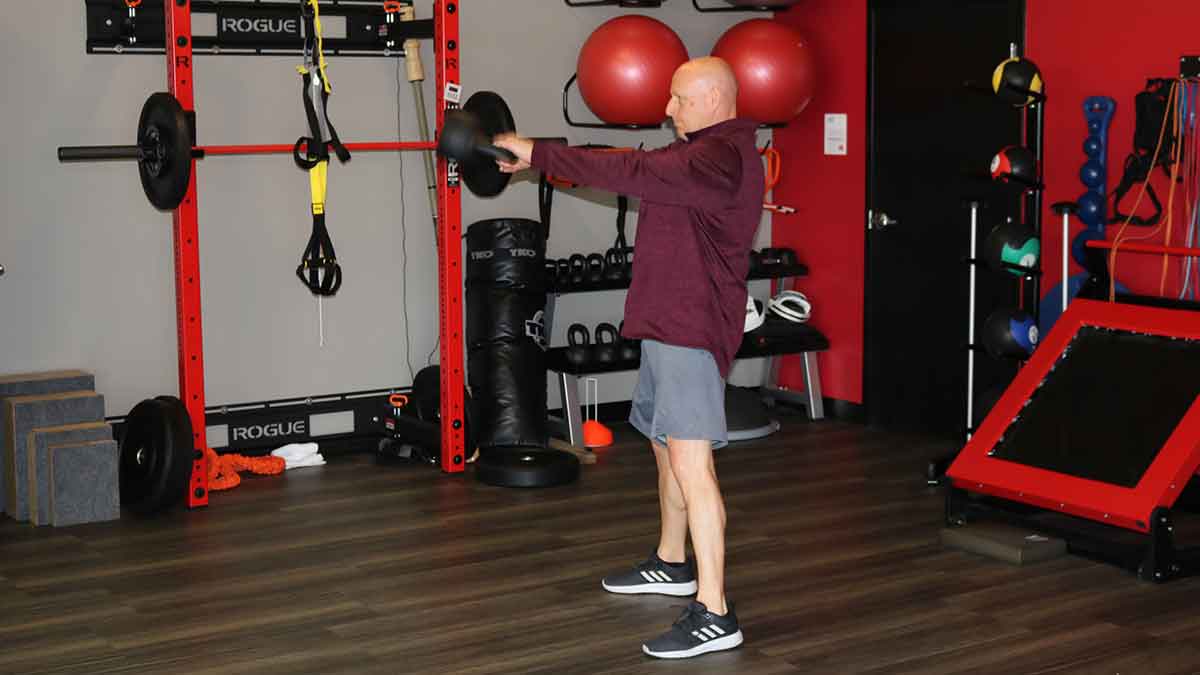Is your workout effective? Check your blood, sweat and tears

Hitting the wall? It happens to all of us and it can quickly derail your motivation to exercise. So how can you get back to a successful workout? Your body has the answer in the form of three simple factors:
Blood, sweat and tears
Michael Jonesco, DO, a Sports Medicine physician at The Ohio State University Wexner Medical Center, says the key to a quality workout is listening to and understanding what your body is telling you.
“With the right knowledge, you can shift things up to stay on track,” he says.
Let’s get a better understanding of what Dr. Jonesco means by making sure you check your “blood, sweat and tears.”
Blood.
Check your heart rate before, during and after your workout. With the wide availability of heart-rate monitors, this has become easy to do.
Your target heart rate during exercise is about 50 to 85 percent of your maximum heart rate, according to the American Heart Association. To estimate your target heart rate, use this formula:
- 220 minus your age = maximum heart rate
- 50 – 85 percent of maximum heart rate = target heart rate
Meaning the maximum heart rate for a 40-year-old woman would be 220 minus 40, which equals 180 beats per minute. And 50 – 85 percent of 180 is 90-153 beats per minute. That is her target heart rate during exercise.
If your exercise isn’t getting you to your heart’s target rate, your workout isn't driving you hard enough. Once your body adapts, the same workout creates less strain, and you plateau.
Sweat.
If you’re producing a good sweat, you’re conducting a good workout. You don’t have to be drenched, but an effective workout should saturate your gym shirt. If after a session at the gym you can go back to work without showering, your workout is getting stale.
Tears.
Delayed onset muscle soreness (DOMS) is impact to the muscle that’s painful in the 2-5 days following training. It’s not necessarily a bad thing – it means you are breaking down muscle units to build them back stronger. While you want to regularly rotate muscle groups so they have time to heal, if you’re no longer feeling soreness in the days after your workouts, your muscles have adapted to the demand.
All pain, no gain
Dr. Jonesco says you may notice when you start training that gains are fast and substantial. However, as you continue, the improvements can slow, or seem to stall completely.
“What’s happened is your body adjusted and adapted to your workout, and your time at the gym has become too routine,” he explains.
Improved fitness occurs when you gradually increase a workout by more than your body is accustomed. (Think of it like adding 10 more pounds in weights or 10 more repetitions each time you go to the gym.) Your body adapts each time, allowing you to go even further the next time. However, your body eventually hits a peak, at which point there’s just no further adaptation the body can do, explains Dr. Jonesco.
“It can be discouraging, and frequent – in fact, you can hit a wall in as few as six weeks,” he says.
Always on target
If you want to keep performing at your peak and push your body to develop with maximum efficiency, stay focused on a moving target.
Dr. Jonesco recommends trying new programs at the gym or hiking a new trail, which can have the added benefit of a fluctuating terrain.
“Rotate through a range of activities and you’ll not only improve your strength, you’ll stay engaged,” he says.
Track yourself
Don't go to the gym without a plan. Set goals, and if you reach them, make new ones. Get a handle on your personal physical fitness needs and match your goals to them.
Dr. Jonesco encourages people to take along a partner or sign up with a personal trainer, as they can help you stay motivated – and bring further variety to your workouts.
“The key is not hesitating to hit the reset button,” he says. “Every six weeks or so, change your routine. Your body naturally adapts, but if you keep your workouts fresh and new, your success is limited only by your commitment.”
This article first appeared in U.S. News & World Report.




